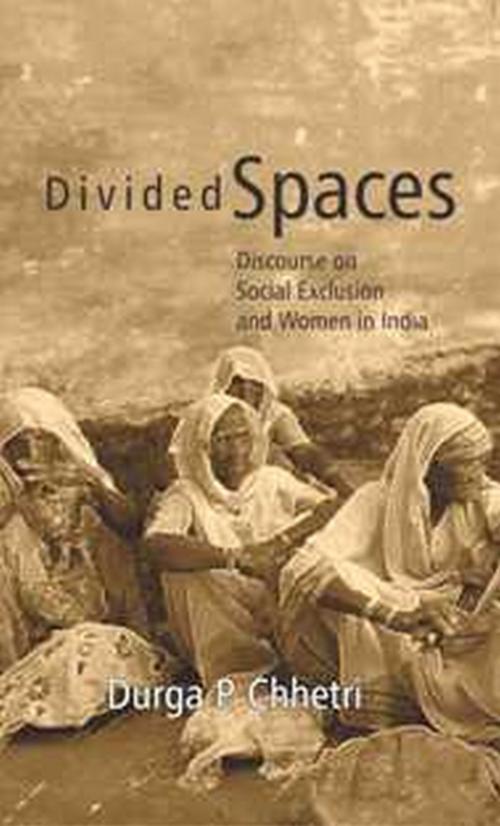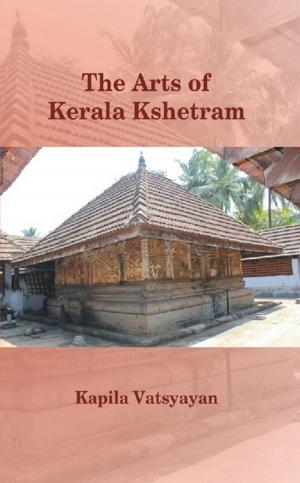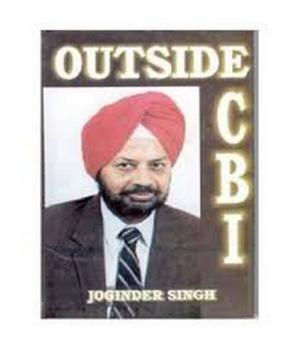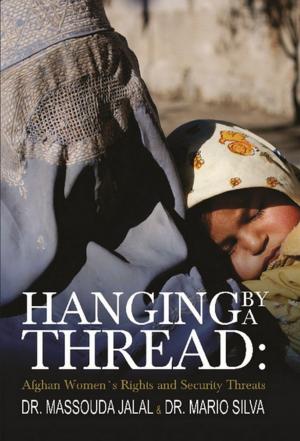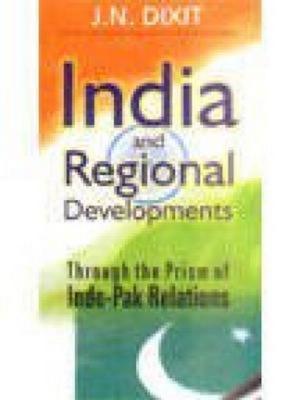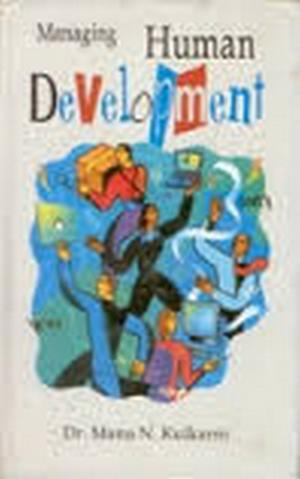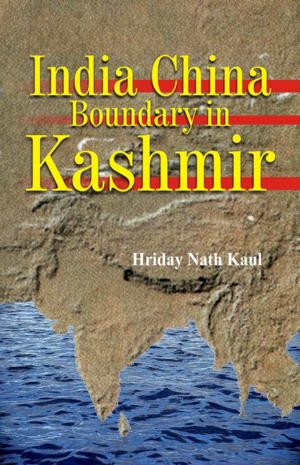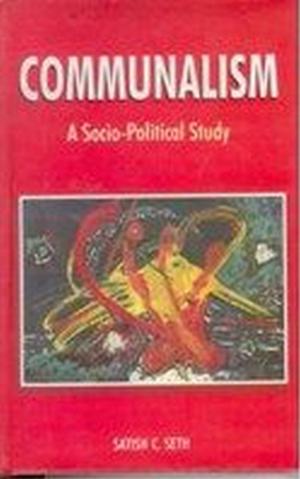Divided Spaces
Discourse on Social Exclusion and Women in India
Nonfiction, Social & Cultural Studies, Social Science, Gender Studies, Women&| Author: | Durga P. Chhetri | ISBN: | 9788121250511 |
| Publisher: | Gyan Publishing House | Publication: | June 30, 2014 |
| Imprint: | Gyan Publishing House | Language: | English |
| Author: | Durga P. Chhetri |
| ISBN: | 9788121250511 |
| Publisher: | Gyan Publishing House |
| Publication: | June 30, 2014 |
| Imprint: | Gyan Publishing House |
| Language: | English |
About the Book Social exclusion has become one of the important themes in contemporary social policy debates in both the developed and developing countries. It has become central to policy and academic discourse in Western Europe, and increasingly in other parts of the globe. In India, the exclusion discourse is closely linked with a wide range of socio-economic inequality. The most rigorous form of exclusion is practiced by the institution of caste, followed by religion, ethnicity and gender. The contours of the exclusion perpetuated by these variables constantly change with the context, time and space. Many social groups in India have been experiencing some form of inequality or social exclusion. Across social groups, women face exclusion and discrimination in many areas of life, though their status varies significantly according to their social and ethnic backgrounds. The history of civilisation shows that women were excluded from the public sphere. There are separate spaces for women and men. By tradition also, the public sphere is male domain and women have been confined to their homes (private sphere) and relegated to the background. Divided Spaces: Discourse on Social Exclusion and Women in India make a unique contribution to the literature on social exclusion and inclusion. This book explores several forms of social exclusion in the context of India and brings together leading scholars from several of the disciplines that have developed concepts of exclusion and various dimensions of exclusion/inclusion. It is hoped that this volume contributes to our understanding of the complexities of social exclusion and provide policymakers with guidance for corrective policies and social inclusion to combat the different forms of social exclusion. This book is useful and essential reading for students and scholars of political science, sociology, anthropology, history and cultural studies. It will also strike sparks with those with a professional research interest in social exclusion/inclusion.
About the Book Social exclusion has become one of the important themes in contemporary social policy debates in both the developed and developing countries. It has become central to policy and academic discourse in Western Europe, and increasingly in other parts of the globe. In India, the exclusion discourse is closely linked with a wide range of socio-economic inequality. The most rigorous form of exclusion is practiced by the institution of caste, followed by religion, ethnicity and gender. The contours of the exclusion perpetuated by these variables constantly change with the context, time and space. Many social groups in India have been experiencing some form of inequality or social exclusion. Across social groups, women face exclusion and discrimination in many areas of life, though their status varies significantly according to their social and ethnic backgrounds. The history of civilisation shows that women were excluded from the public sphere. There are separate spaces for women and men. By tradition also, the public sphere is male domain and women have been confined to their homes (private sphere) and relegated to the background. Divided Spaces: Discourse on Social Exclusion and Women in India make a unique contribution to the literature on social exclusion and inclusion. This book explores several forms of social exclusion in the context of India and brings together leading scholars from several of the disciplines that have developed concepts of exclusion and various dimensions of exclusion/inclusion. It is hoped that this volume contributes to our understanding of the complexities of social exclusion and provide policymakers with guidance for corrective policies and social inclusion to combat the different forms of social exclusion. This book is useful and essential reading for students and scholars of political science, sociology, anthropology, history and cultural studies. It will also strike sparks with those with a professional research interest in social exclusion/inclusion.
